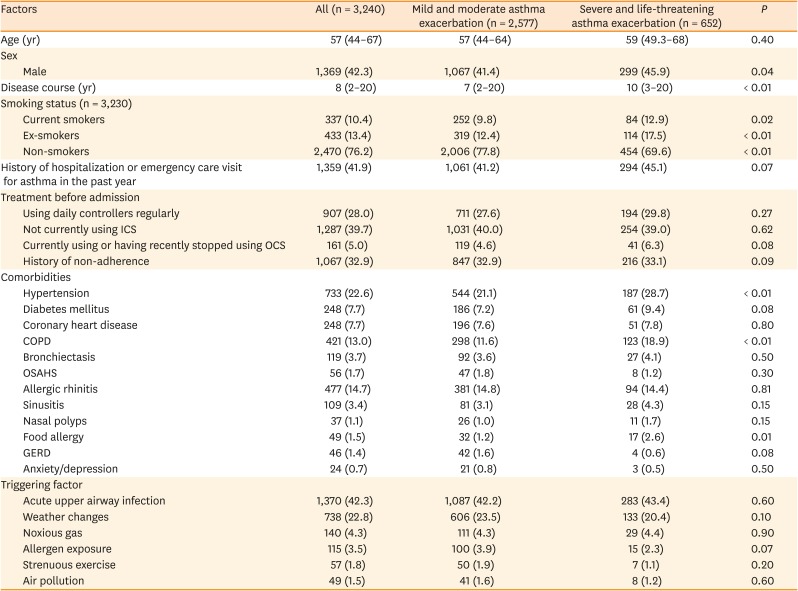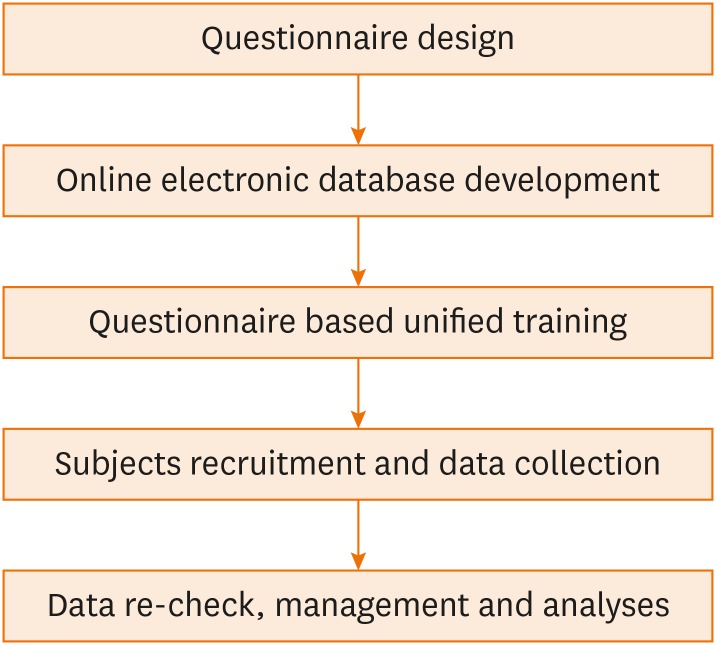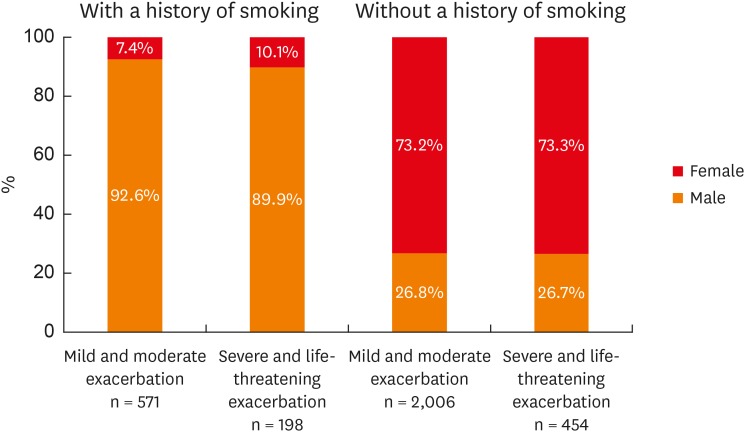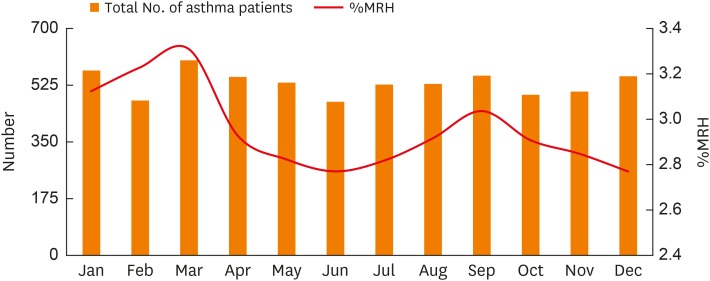1Department of Pulmonary and Critical Care Medicine, China-Japan Friendship Hospital, Beijing, China.
2Department of Respiration, Qingdao Municipal Hospital, Qingdao, Shandong, China.
3Department of Pulmonary and Critical Care Medicine, The First Affiliated Hospital of Xi'an Jiaotong University, Xi'an, China.
4Department of Respiration, The Second Hospital of Hebei Medical University, Shijiazhuang, China.
5Department of Respiration, Qinghai People's Hospital, Xining, China.
6Department of Respiratory Diseases, General Hospital of Shenyang Military Command, Shenyang, China.
7Department of Respiration, The First Affiliated Hospital of Lanzhou University, Lanzhou, China.
8Department of Pulmonary and Critical Care Medicine, The Second Hospital of Jilin University, Changchun, China.
9Department of Respiration, Tongji Hospital, Wuhan, China.
10Department of Respiration, Xinqiao Hospital, Third Military Medical University, Chongqing, China.
11Department of Respiration, General Hospital of Ningxia Medical University, Yinchuan, China.
12Department of Pulmonary and Critical Care Medicine, Inner Mongolia People's Hospital, Hohhot, China.
13Department of Respiration, The First Affiliated Hospital of Guangxi Medical University, Nanning, China.
14Department of Respiration, Henan Provincial People's Hospital, Zhengzhou, China.
15Department of Pulmonary and Critical Care Medicine, The First Affiliated Hospital of Nanjing Medical University, Nanjing, China.
16Department of Respiration, The First Affiliated Hospital of Fujian Medical University, Fuzhou, China.
17Department of Respiration, Xiangya Hospital, Changsha, China.
18Department of Pulmonary and Critical Care Medicine, People's Hospital of Xinjiang Uygur Autonomous Region, Urumqi, China.
19Department of Respiration, The First Affiliated Hospital of Harbin Medical University, Harbin China.
20Department of Respiration, Guizhou Provincial People's Hospital, Guiyang, China.
21Department of Respiration, Shanghai Central Hospital, Shanghai, China.
22Department of Respiration, Tianjin First Central Hospital, Tianjin, China.
23Department of Respiration, The First Affiliated Hospital of Nanchang University, Nanchang, China.
24Department of Respiration, Hainan General Hospital, Haikou, China.
25Department of Respiration, Kunming General Hospital of the People's Liberation Army, Kunming, China.
26Department of Respiration, The First Affiliated Hospital of Anhui Medical University, Hefei, China.
27Department of Respiration, Nanfang Hospital, Guangzhou, China.
28Department of Respiration, Shanxi Bethune Hospital, Taiyuan, China.
29Department of Respiration, The First Affiliated Hospital of Zhejiang University School of Medicine, Hangzhou, China.








 PDF
PDF ePub
ePub Citation
Citation Print
Print






 XML Download
XML Download